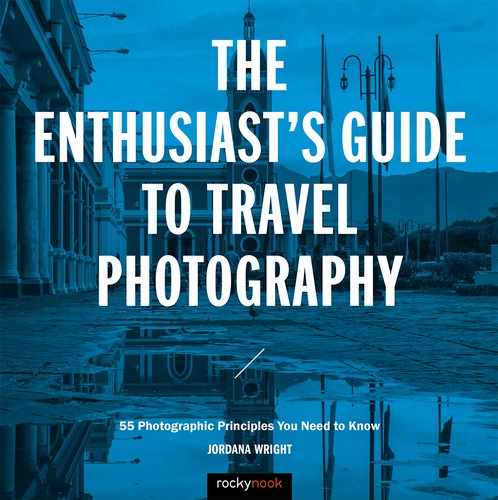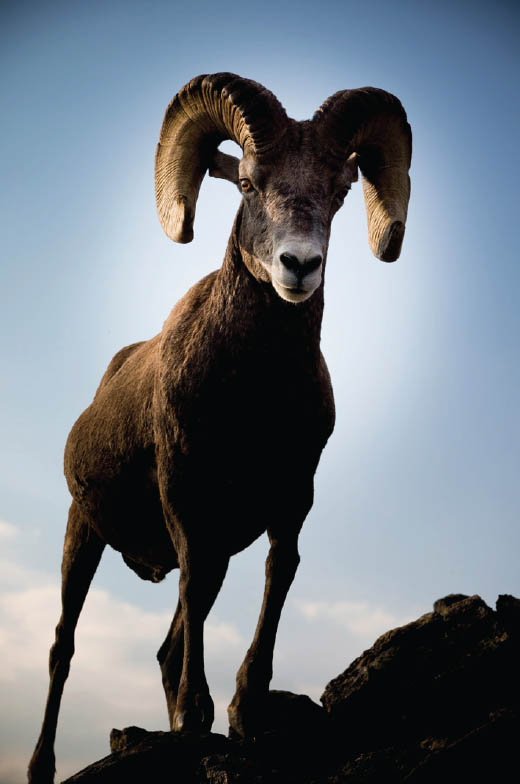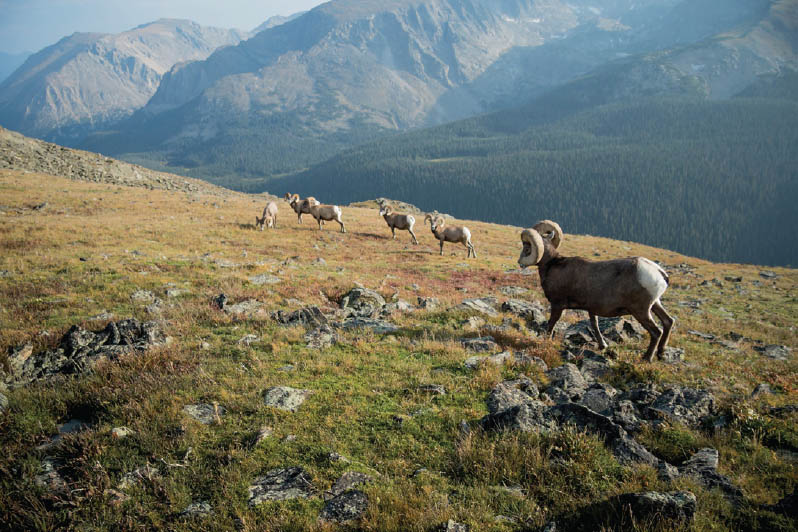44. NATURE IS DANGEROUS
![]()
NATURE IS DANGEROUS. Bite your face, crush you with falling rocks, lull you into a peaceful hypothermic demise kind of dangerous. In fact, many things in nature are so dangerous that entire religions were once formed around appeasing nature’s angry gods. We as a species used to have a healthy respect for nature and the general understanding that practically anything in it could kill us at any time. It was understood: nature is a BAMF.
So explain to me why a traveler would brush past multiple warning signs and dip even a toe into a boiling acidic pool? Last year a guy from Oregon ventured off the trail for a therapeutic soak in one of Yellowstone’s geysers and literally boiled himself to death. Boiled. To. Death. It defies explanation and yet he wasn’t the first. He won’t be the last. The guys who trampled the Grand Prismatic Spring were lucky they didn’t meet the same fate.
The Washington Post reports that over one hundred deaths have occurred in America’s national parks every year for nine of the past ten years. These deaths range from more common drownings and falls to exceedingly rare animal attacks. One hundred-ish deaths per millions of visitors each year may seem like a reasonable statistic until you consider that in almost all cases these deaths were totally preventable. In the era of precipice selfies and daredevil challenges, people have become dangerously brazen and cavalier in the pursuit of their next attention-seeking post. The lines of appropriate and respectful behavior in our national parks have been blurred and we’re seeing more and more outrageous occurrences (Figures 44.1 and 44.2).
Every one of America’s national parks reminds visitors on maps, with signs, and at visitor centers to keep a safe distance from wildlife, and yet those rules also continue to be broken. A couple of years ago, on a visit to Rocky Mountain National Park I saw a crowd forming on a tundra hillside to view a herd of bighorn sheep. Cars were haphazardly parked and abandoned all over the roadway (which at that point is a tight, winding, two-lane road with no shoulder) while their former occupants edged closer and closer to the animals. Annoyed by the traffic jam but interested in the animals, I drove to the next turnout, appropriately parked my car, and took off on foot toward the herd.
44.1 Several park rangers were around to keep tourists from getting too close to this bull elk, but that didn’t stop him from getting closer to me. Rocky Mountain National Park, Estes Park, Colorado
ISO 100; 1/80 sec.; f/5.6; 47mm
44.2 Doesn’t this prairie dog seem cute and harmless? Think again, because apparently these little bastards carry the plague. Custer State Park, Custer, South Dakota
ISO 160; 1/500 sec.; f/5.6; 85mm
Because I drove beyond the bulk of the tourists, I was in the perfect location to photograph. The herd was actively walking away from the swarm of tourists and toward my waiting camera (Figure 44.3). I strategically positioned myself with a rocky outcrop between us where I could comfortably and successfully shoot at 200–300mm. The light was beautiful, the vista backdrop incredible, and the animals fascinating. I happily shot for ten minutes, commending myself for my brilliant position in front while everyone else got photographs of bighorn sheep butts (Figure 44.4).
Then things got a little uncomfortable.
While I had been distractedly photographing a couple of individual sheep, the animals had been herded closer and closer to me by the crowd of tourists behind them. At this point, I was about one hundred feet away from what I thought was the closest sheep. Nope. Having been fully engrossed in my camera, I hadn’t noticed the enormous ram who decided to investigate me, the source of all the strange clicking sounds. I heard a noise from above and looked up to see a terrifyingly large beast looming about eight feet above me (Figures 44.5 and 44.6). We locked eyes while the larger herd of sheep kept moving closer, a herd of tourists close behind.
At once, I realized my massive error in judgment. Yes, I had lined myself up for the perfect photographic perspective, but I had also placed myself in the direct path of any animals hoping to avoid dozens of ogling tourists. I played through all of the catastrophic scenarios in my mind: death by head butt, death by trample, death by head butt and then trample. I quickly invented dubious plans to save myself by squeezing between the boulders at my feet or by using my tripod as a bludgeon, all the while waiting for the ram to charge.
This brings me back to my initial statements: nature is dangerous. Nature is a BAMF. With little provocation, nature can squish you like a bug, or melt you like a sugar cube. In my story, nothing so momentous occurred. I was lucky. I slowly backed away from the ram and out of the herd’s path, watching in amazement as the sheep and tourist parade continued by (Figure 44.7). The lesson for me was that yes, the animals were dangerous, but the crowd of people making noise and herding them toward me was the bigger problem.
44.3 Bighorn sheep from a relatively safe viewing distance. Rocky Mountain National Park, Estes Park, Colorado
ISO 100; 1/640 sec.; f/5.6; 85mm
44.4 They’re a bit closer now, but I feel okay about it. Rocky Mountain National Park, Estes Park, Colorado
ISO 100; 1/500 sec.; f/5.6; 85mm
Secure in our status at the top of the food chain, humans have forgotten that we’re soft, hairless animals with mostly flat teeth and fragile bodies. For every trained and seasoned mountain climber, there are three who begin a dangerous expedition outfitted with only hubris and idiocy. So we get gored by bison, tumble off cliffs, drown in rapids, and melt in geysers in these completely preventable accidents. We are putting ourselves and those around us in danger by not giving nature the respect it deserves.
Give nature some personal space. As you travel the world, ignore the impulse to jump fences, break rules, and take risks. Yes, nature is dangerous, but it doesn’t have to be.
44.5 This is the face of death by trample and he has the high ground. Rocky Mountain National Park, Estes Park, Colorado
ISO 100; 1/500 sec.; f/5.6; 75mm
44.6 I was shooting at 17mm. This guy is way too close! Rocky Mountain National Park, Estes Park, Colorado
ISO 100; 1/640 sec.; f/4.5; 17mm
44.7 The sheep go on their way. Rocky Mountain National Park, Estes Park, Colorado
ISO 100; 1/250 sec.; f/4.5; 17mm







